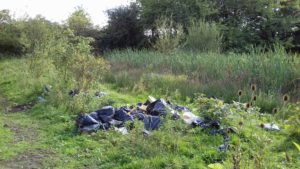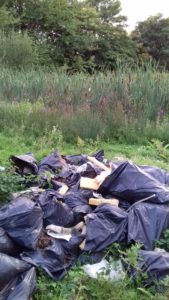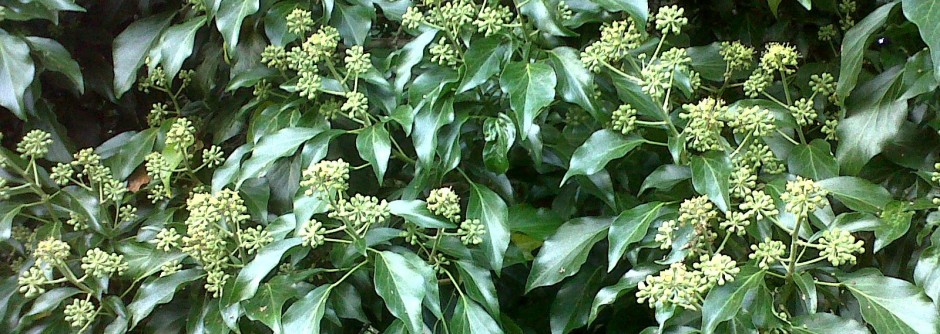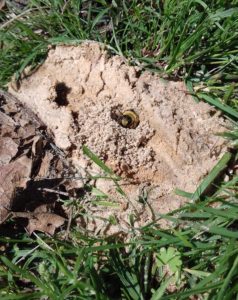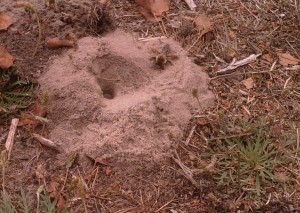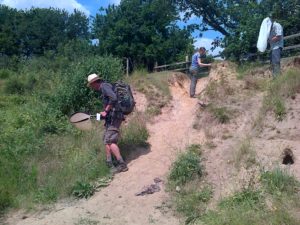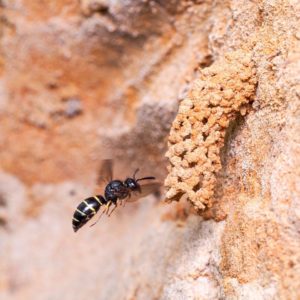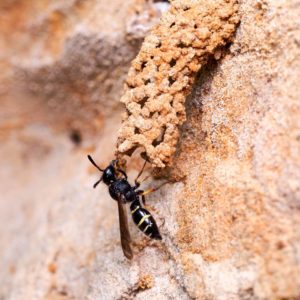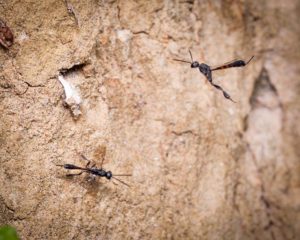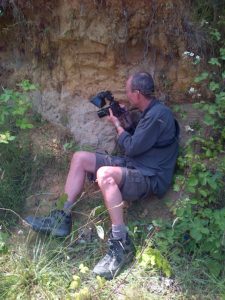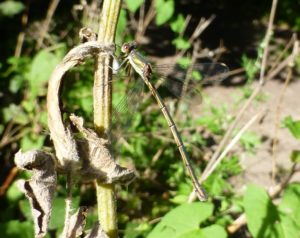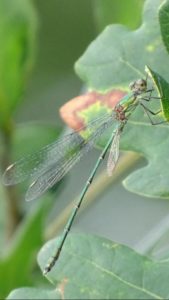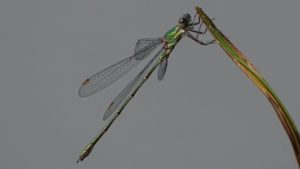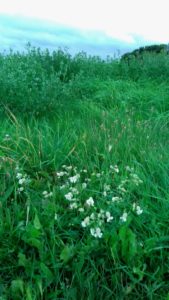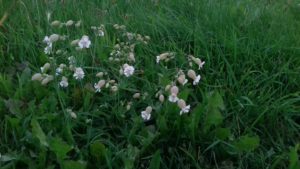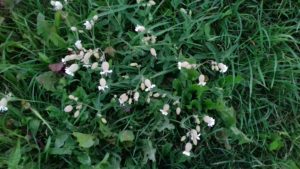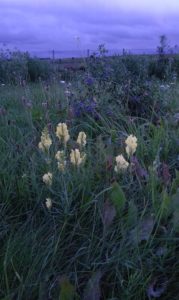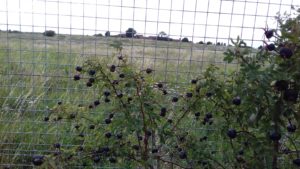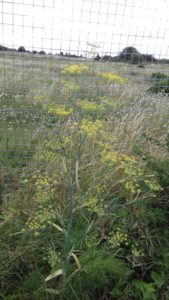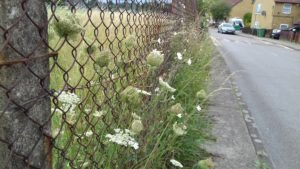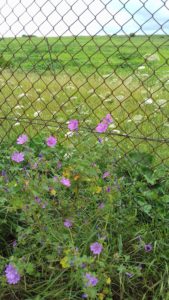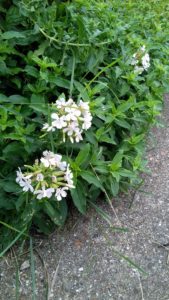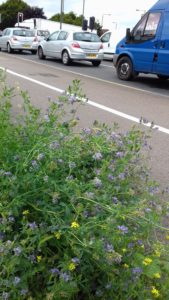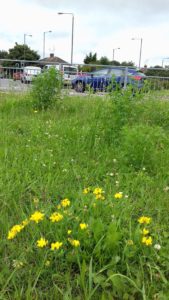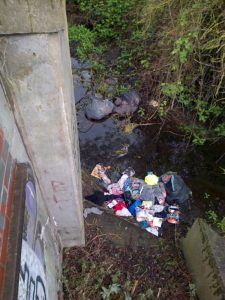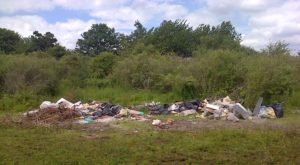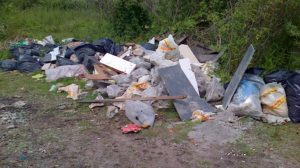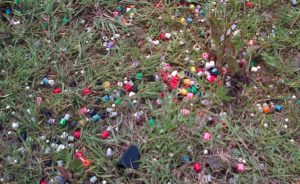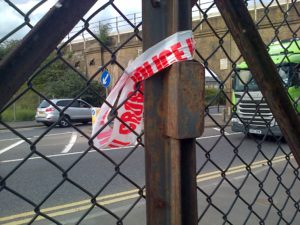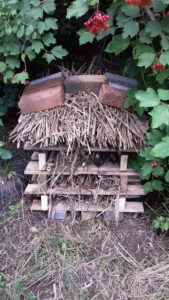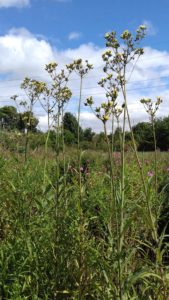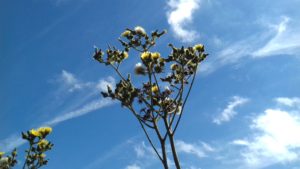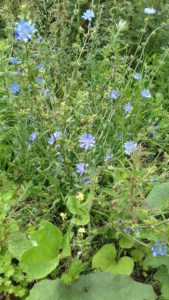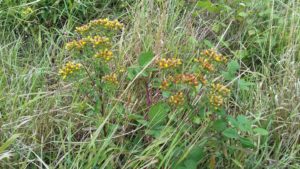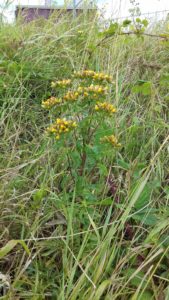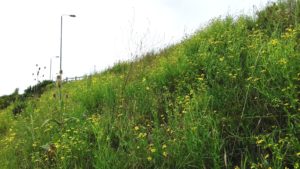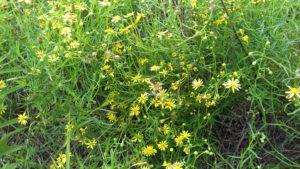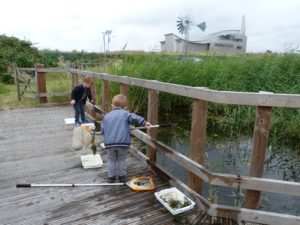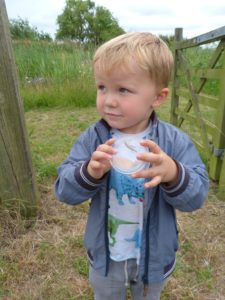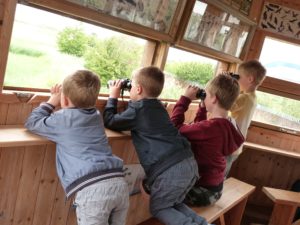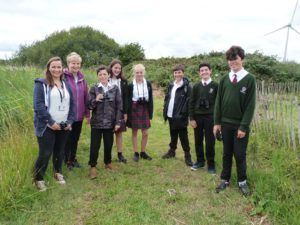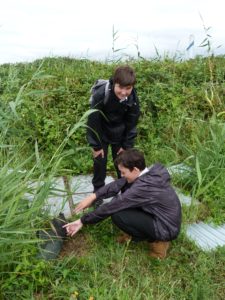Further wildlife survey work, required by Bexley Council as part of its granting of outline planning permission for the building by Cory of large data centres on open fields next to Crossness Nature Reserve, has revealed them to be of regional and possibly national importance for invertebrates, but only AFTER outline planning permission was granted.
The Phase 2 report states that: ‘The invertebrate survey recorded a total of 414 taxa of invertebrates made up of aquatic and terrestrial species. Of these, 42 were Nationally Scarce, seven were Red Data Book, and 59 were considered to be of local[ised] occurrence.’
The need for a more thorough examination of the site, including at times of year more appropriate for invertebrates – given the key open mosaic habitat present – was a core argument of objectors to the Cory scheme. It is of some concern that such a finding should only be made after the granting of outline planning permission by Bexley Council. Even if you believe that ‘mitigation’ for habitat loss is acceptable, and anything more than a short-term fix against a background of ever more ‘development’, it is clear that you cannot know whether you can actually fulfill any requirements for this until you know what species are present to begin with. And if you do not know this, then it is not clear how you can credibly claim that there will be no loss of biodiversity resulting from a ‘development’, as Bexley Council is wont to do. Nor how you can be discharging your legal duty to take biodiversity properly into account when making a planning decision.
We were told by the now-retired Head of Planning Susan Clark, in the planning committee meeting that looked at the basics of the scheme, that if various future conditions could not be met, then the whole thing could still be thrown out. However, we remain sceptical given Bexley’s heavily pro-‘development’ position and its approach to key wildlife sites at the moment. No conditions were, in fact, set with regard to breeding red-listed birds, or for the nationally very rare Shrill Carder Bee which is found on adjoining land at Crossness and may also use the fields – not even that Cory should look for it at the appropriate time of year given the verifiable records from the Nature Reserve .
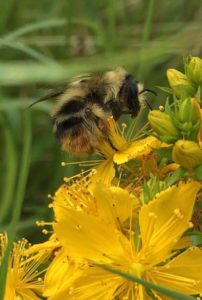
A Shrill Carder, the UK’s rarest bee, has been found several times at Crossness, but has yet to be taken into account in the decisions surrounding building on the adjacent Cory/Borax fields which have good habitat for it. Recent recognition that the fields are of significant value for invertebrates should help fix this – IF Bexley Council presses for living roofs as a result. (Photo: Karen Sutton)
Indeed Bexley Natural Environment Forum submitted a raft of questions and complaints to Bexley Council about the way this application was handled, including missing information in previous ‘ecology’ survey reporting. Even the author of that admitted to being surprised that this material had been presented as a final report when it was not meant to be. Moreover the second report admits that ‘The lack of field work completed in the late summer meant that a number of insect groups that would not ordinarily be expected to present until later in the survey season would have been under represented by the survey. In particular it is considered likely that some species of Aculeate Hymenoptera (ants, bees and wasps) and Hemiptera (true bugs) may be under-recorded…..’. so that the presence of the later-flying Shrill Carder in the area is still not ‘officially’ acknowledged.
At least there are some further positive outcomes. The additional report, having stated at 4.25 that ‘the large scale permanent loss of the existing terrestrial semi-natural habitat resource associated with development related Site clearance and construction would inevitably result in a significant reduction in the overall invertebrate abundance and conservation value of the Site as the existing semi-natural habitats will be permanently replaced by buildings and hard standings.’
and
4.26 Using the approach to ecological impact assessment outlined in the 2015 report, this would constitute an impact of high magnitude on a receptor of at least regional importance and possibly national importance and would constitute a negative impact of major significance.
does then go on to make various recommendations that are more strongly in line with those objectors want to see implemented if building work does go ahead. In particular, the section on living (green or brown) roofs is worded in a stronger and more positive fashion than in previous documents, and does now feature some recognition that ‘mitigation’ for ground-nesting (red-listed) birds (such as Skylark) might now come into the equation:
Living roofs
4.33 The extent to which the roofs of the new buildings will need to accommodate essential infrastructure associated with, for example, air conditioning, is not known at this stage. That said, however, the use of “living roofs” on part of the new buildings within the Site should be given consideration as part of detailed design to provide habitat for invertebrates and, potentially if large enough, ground-nesting birds.
4.34 In its simplest form, a roof consisting of a shallow compacted hoggin surface that is allowed to colonise passively with a pioneer plant community could provide significant opportunity for invertebrates in the medium to long term, and would require minimal maintenance. This would also go a long way to compensating the loss of valuable invertebrate habitat within the Site and may not prove particularly costly to provide.
The following is also a step forward, with BNEF and Friends of Crossness Nature Reserve calling for retention of native flora to the greatest extent possible, rather than tidied up ‘corporate’ plantings.
4.31 It is recommended that the use of a “grass” paving system such as Grasscrete or MatsGrids is utilised on a large scale as this would provide voids between the hard driving surface that could be filled with compacted hoggin material (as opposed to more standard soil and grass seed) which would naturally develop a pioneer plant community of potential value to a range of invertebrates. A range of different hoggin materials differing in their chemistry and particle size distribution could be employed, including ground surface materials retained from the existing Site in order to maximise plant and invertebrate diversity.
FoCNR has attempted throughout to maintain an open and constructive channel of communication with Cory, despite its fundamental objection to building on the fields and is now pushing, behind the scenes, for these recommendations to be accepted, as well as for proposed ‘green walling’ to be of the crib type, allowed to colonise naturally so that it becomes more akin to open mosaic habitat, rather than some artificially-watered verdant sheet of plants not native to the site – more redolent of ‘an office building in Belgravia’, as one commentator has put it.
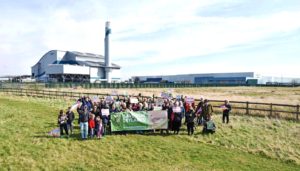
‘Save our Skylarks’ protesters by the threatened fields at Crossness in April 2016. They have now been found to be of great significance for rare invertebrates. (Photo: Richard Spink)
‘Nasty’ protestor pressure, coupled with ‘Nice’ engagement may be getting us somewhere, and we will have to be on our toes for the more detailed design planning applications that will come forward, and upon which the outcome regarding these matters will be decided.
Chris Rose, Vice-chair of Bexley Natural Environment Forum
